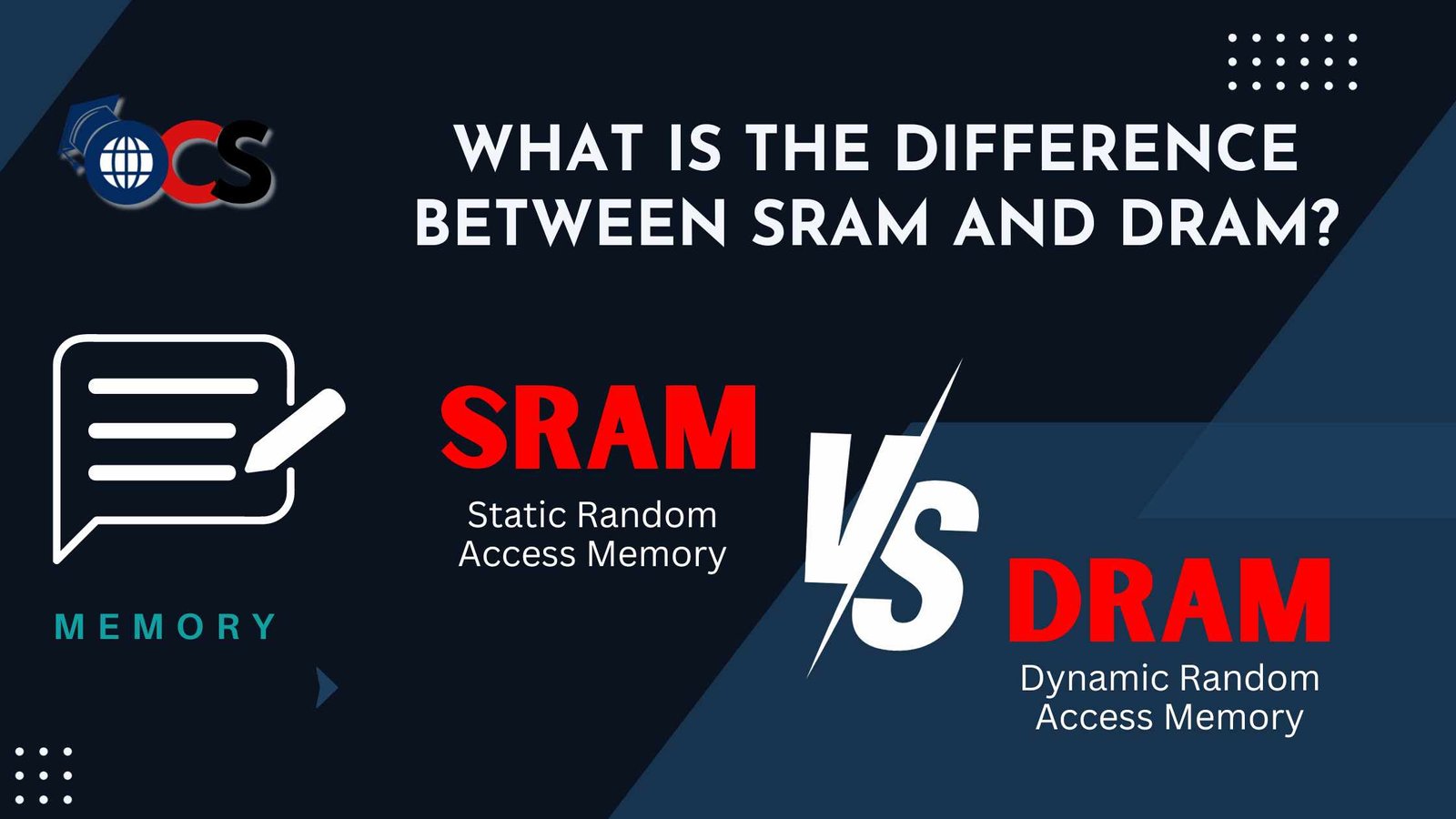
Discover how On-Page SEO impacts your website's ranking...

Have you ever wondered what kind of memory your computer or mobile uses to work so fast?
Well, just like humans need a brain to remember and process things, computers also need memory to store and manage data while working. Two of the most common types of memory used in computers and digital devices are SRAM (Static RAM) and DRAM (Dynamic RAM).
They both help the device run smoothly, but they work in very different ways.
Let’s understand them through a simple story and a clear comparison.
Imagine two types of notebooks on your study table.
This is a smart notebook that keeps the page open all the time. Whenever you need to check something, it's already there — no need to open or refresh it again and again.
This is just like SRAM. It's fast, always ready, and doesn’t need to be refreshed continuously. That’s why it is used for tasks where speed is very important, like the CPU cache.
But, this notebook is expensive and takes up more space on the table.
Now imagine another notebook where you have to flip the page every few seconds to keep the writing visible. If you don’t flip, the writing fades away.
This is how DRAM works. It needs to refresh itself again and again to keep the data. It’s not as fast as SRAM but can store a lot more information in a smaller space and at a lower cost.
That’s why it is used as main memory (RAM) in your computer or mobile device.
| Feature | SRAM (Static RAM) | DRAM (Dynamic RAM) |
|---|---|---|
| Storage Method | Stores data using flip-flops | Stores data using capacitors |
| Refresh Required? | ❌ No | ✅ Yes (regular refresh needed) |
| Speed | ✅ Very fast | ⚠️ Slower than SRAM |
| Power Usage | ⚡ High (needs constant power) | 🔋 Lower than SRAM |
| Size/Space | ❌ Takes more space | ✅ More compact and dense |
| Cost | 💰 Expensive | 💸 More affordable |
| Use Cases | CPU Cache, GPU | System RAM in computers and mobiles |
SRAM is used in:
CPU cache memory (L1, L2, L3)
Graphics cards (GPU cache)
High-speed buffers
DRAM is used in:
Laptop & desktop RAM
Mobile RAM (like 4GB, 8GB RAM)
Smart TVs, Tablets, and more
Both SRAM and DRAM are important in their own ways.
SRAM is faster and better for speed-based tasks but is expensive and takes more space.
DRAM is slower but offers higher storage capacity at a lower cost, making it ideal for everyday computing needs.
So the next time someone asks you why computers use different types of memory, you’ll know exactly how to explain it in a simple and smart way!

Discover how On-Page SEO impacts your website's ranking...

Generative AI tools have changed the creative industries...

The Importance of MS Excel in the Corporate...

How to crack CCC exam in the first...

Static Random-Access Memory (SRAM) and Dynamic Random-Access Memory...